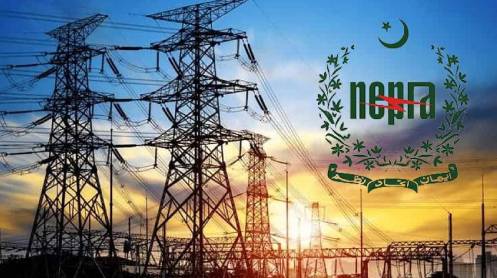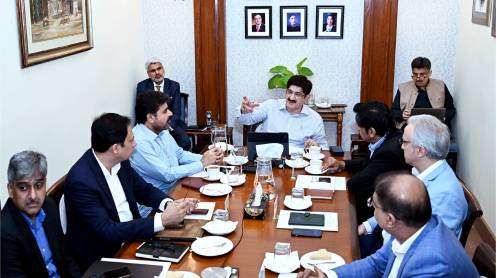ISLAMABAD: A member of the National Electric Power Regulatory Authority (Nepra) has raised alarm over deep-rooted inefficiencies in Pakistan’s power sector, highlighting Rs69 billion in capacity payments made to underutilised coal-fired power plants due to persistent transmission constraints.
In his additional note on the quarterly tariff adjustment for May–July 2025, Nepra Member (Technical) Rafique Ahmad Shaikh pointed to severe shortcomings in the national transmission system, which prevented the efficient use of low-cost power generation, especially from southern-based coal plants — Port Qasim, China Power, and Lucky Electric.
Despite their ability to supply affordable electricity, these plants operated at dismally low utilisation levels: about 1% for Port Qasim, 10% for China Power, and 0% for Lucky Electric. Nonetheless, they received hefty capacity payments of Rs26.95 billion, Rs30.88 billion, and Rs11.26 billion respectively.
Shaikh criticised this inefficiency as a major burden on the national exchequer, stating, “Around Rs69.09 billion was paid in capacity charges with minimal generation. This reflects serious systemic flaws and a need for urgent reforms in transmission infrastructure and dispatch protocols.”
Although a Rs1.55 per unit reduction — totaling Rs52.6 billion in refunds — has been approved for consumers of Discos and K-Electric in the quarter, Shaikh stressed that better governance and optimal plant utilisation could have further reduced costs.
He also noted that public sector generation companies (Gencos) such as Guddu (Genco-II), Muzaffargarh (Genco-III), and Jamshoro (Genco-I) claimed Rs1.23 billion in capacity payments despite producing zero electricity. Given their poor efficiency and high cost, he questioned their relevance in a system already facing surplus capacity.
Shaikh’s remarks underscore a broader call for structural improvements in power sector governance, transparency, and investment in grid infrastructure to unlock the potential of affordable generation assets.
Story by Kalbe Ali







